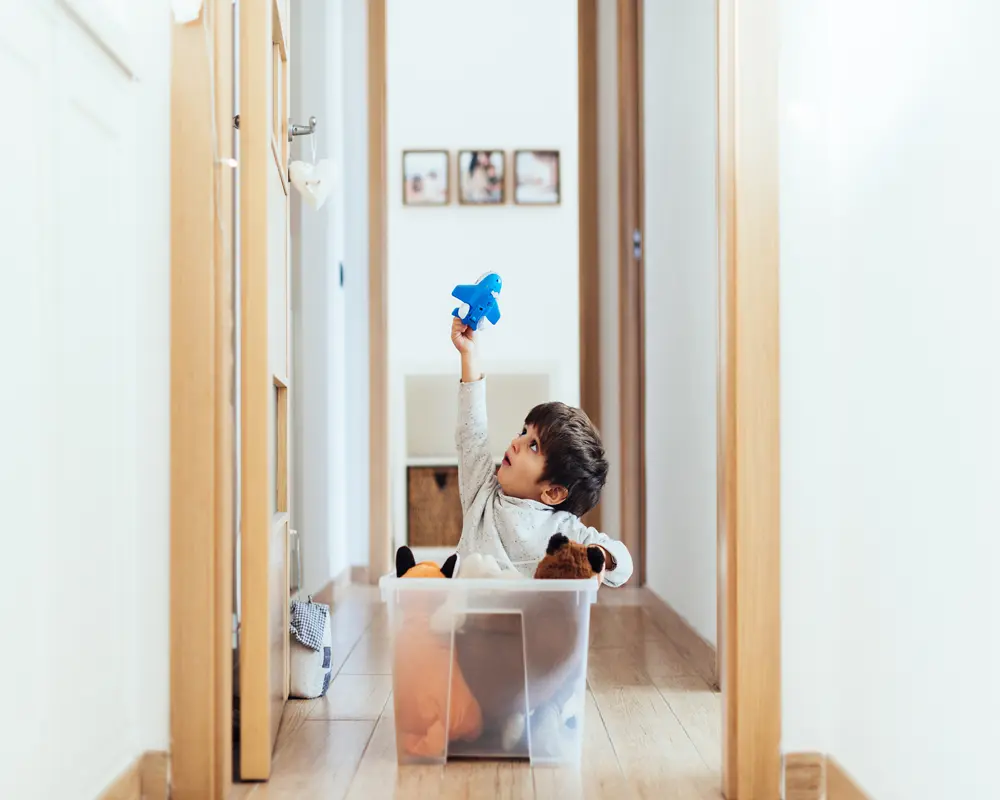Paediatrics

Baby Care Tips You Should Know
December 23, 2023When you hold your baby for the first time you’re unable to de...
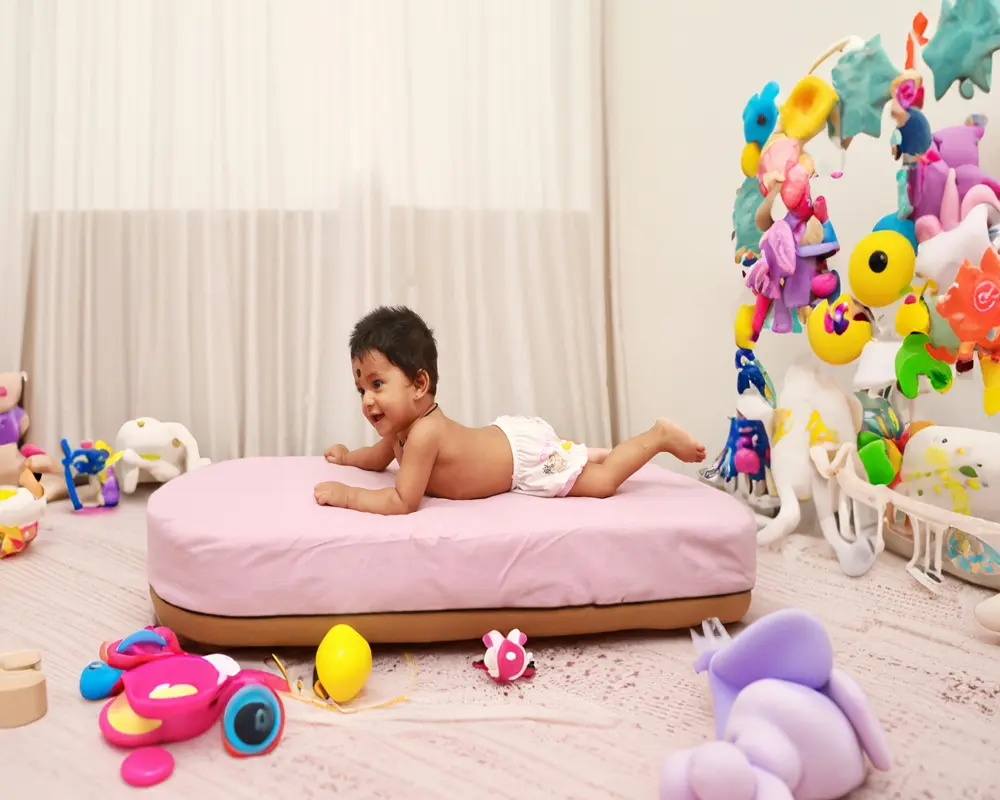
12 Simple Ways to Help Encourage Your Baby to Crawl
January 31, 2023Babies will reach several milestones in life. They will eventually p...
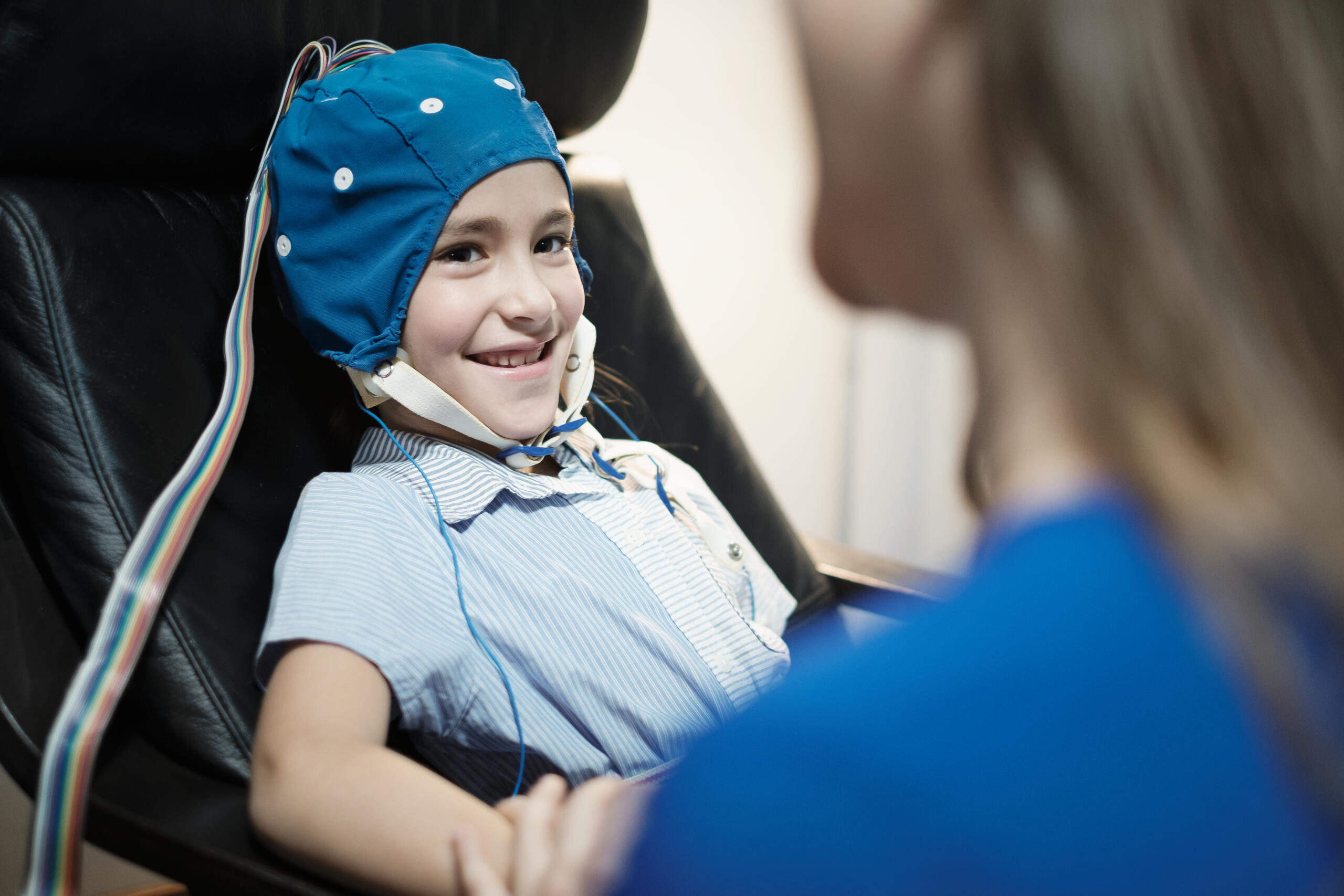
Understanding Paediatric Brain Tumours: Symptoms, Causes, and Treatment
September 27, 2022Even the mere mention of brain tumours can send shivers down one&rsq...

5 things to know about a NICU
July 29, 2021The neonatal Intensive Care unit, called the NICU, is a fundamental ...

What Is Genetic Newborn Screening Test and Who Can Opt for It?
July 22, 2021A newborn screening (NBS) test is done to find out different genetic...

What Happens During a Newborn’s Screening a Complete Walk-Through?
July 12, 2021Neonatal screening or Newborn Screening is the process of screening ...
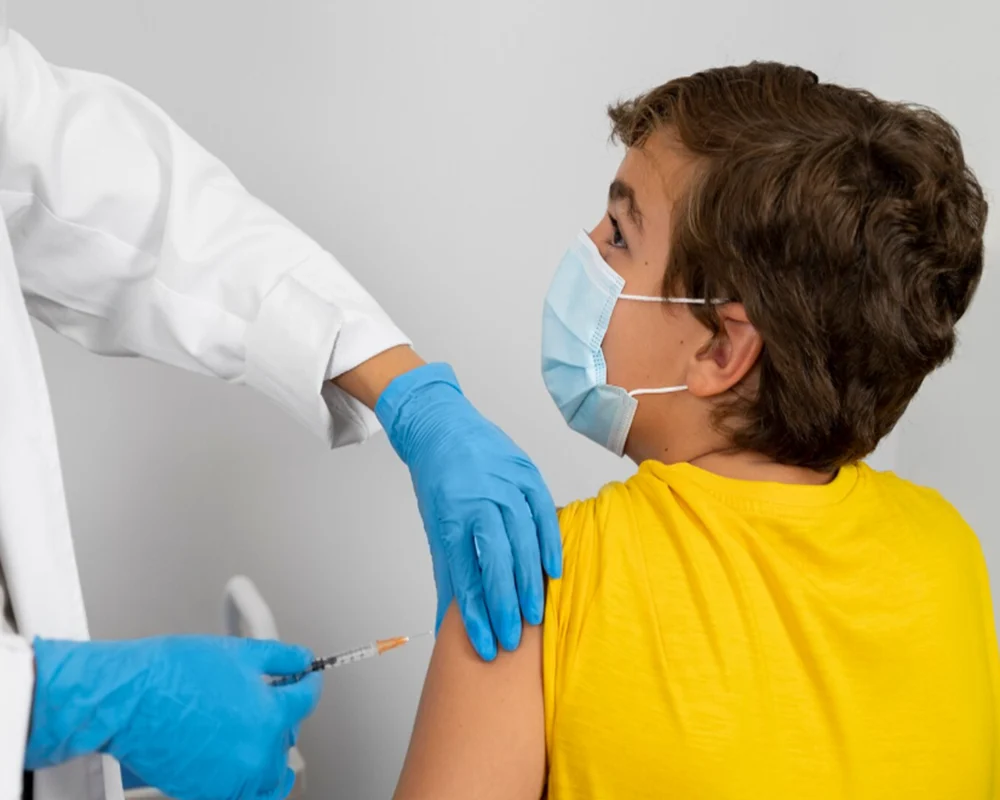
All You Need to Know About Immunization
June 21, 2021Do babies get sick if they aren’t immunized? There are several...

Questions You Must Ask Your Pediatrician
June 18, 2021Pediatricians are specialists who work with children, dealing with t...
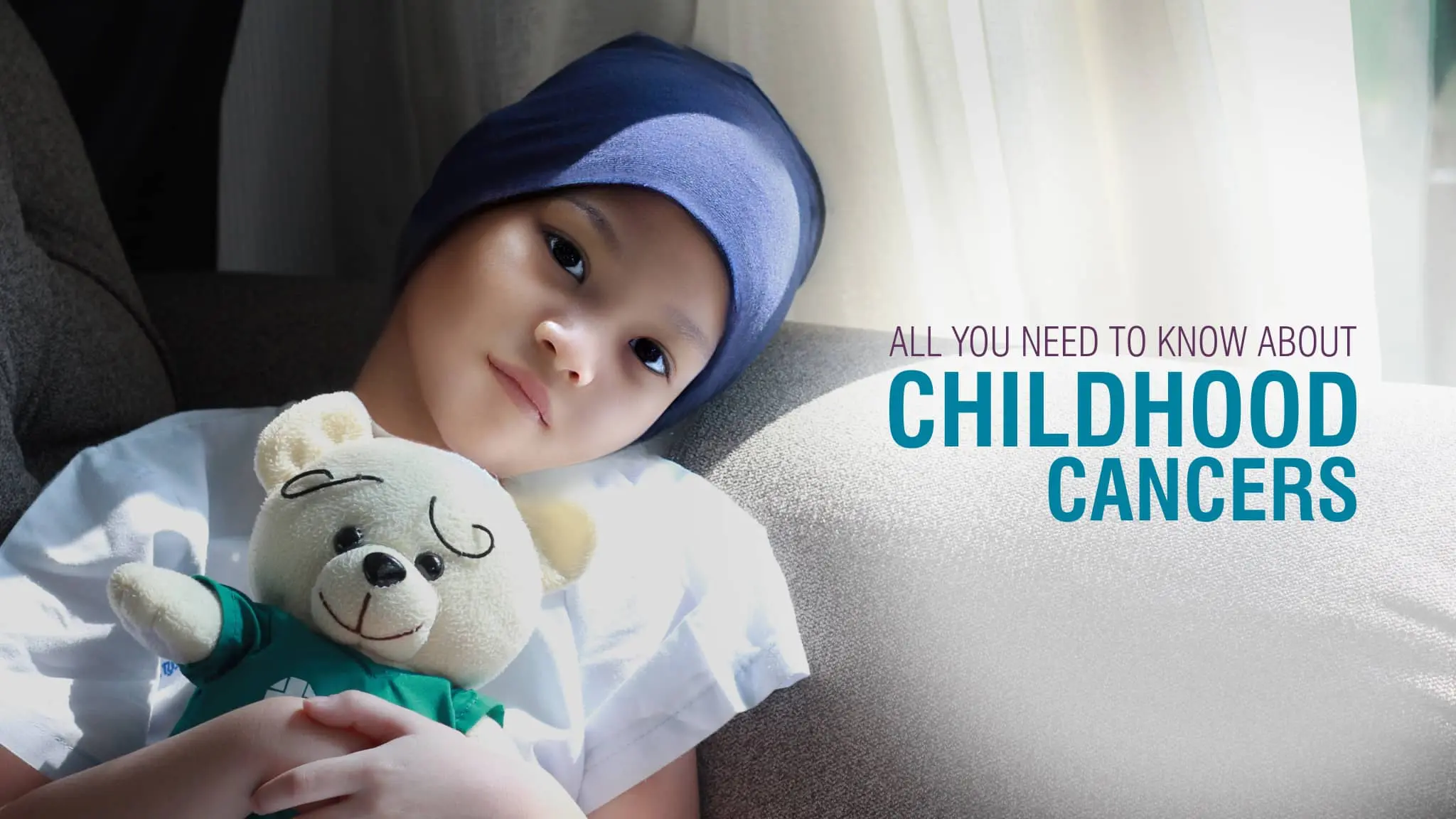
All you need to know about Childhood Cancers
January 30, 2021Each child deserves to be blessed with go...
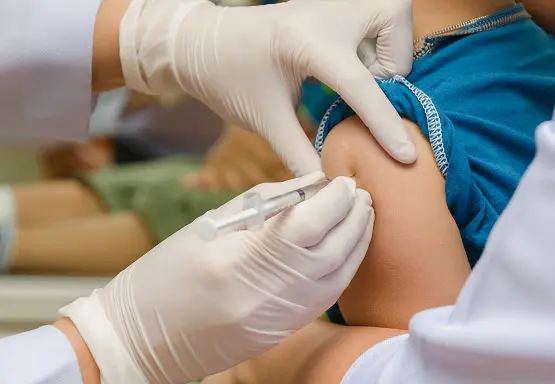
Benefits of immunizing your child
December 16, 2020Immunisation is one of the most important and beneficial advances ma...
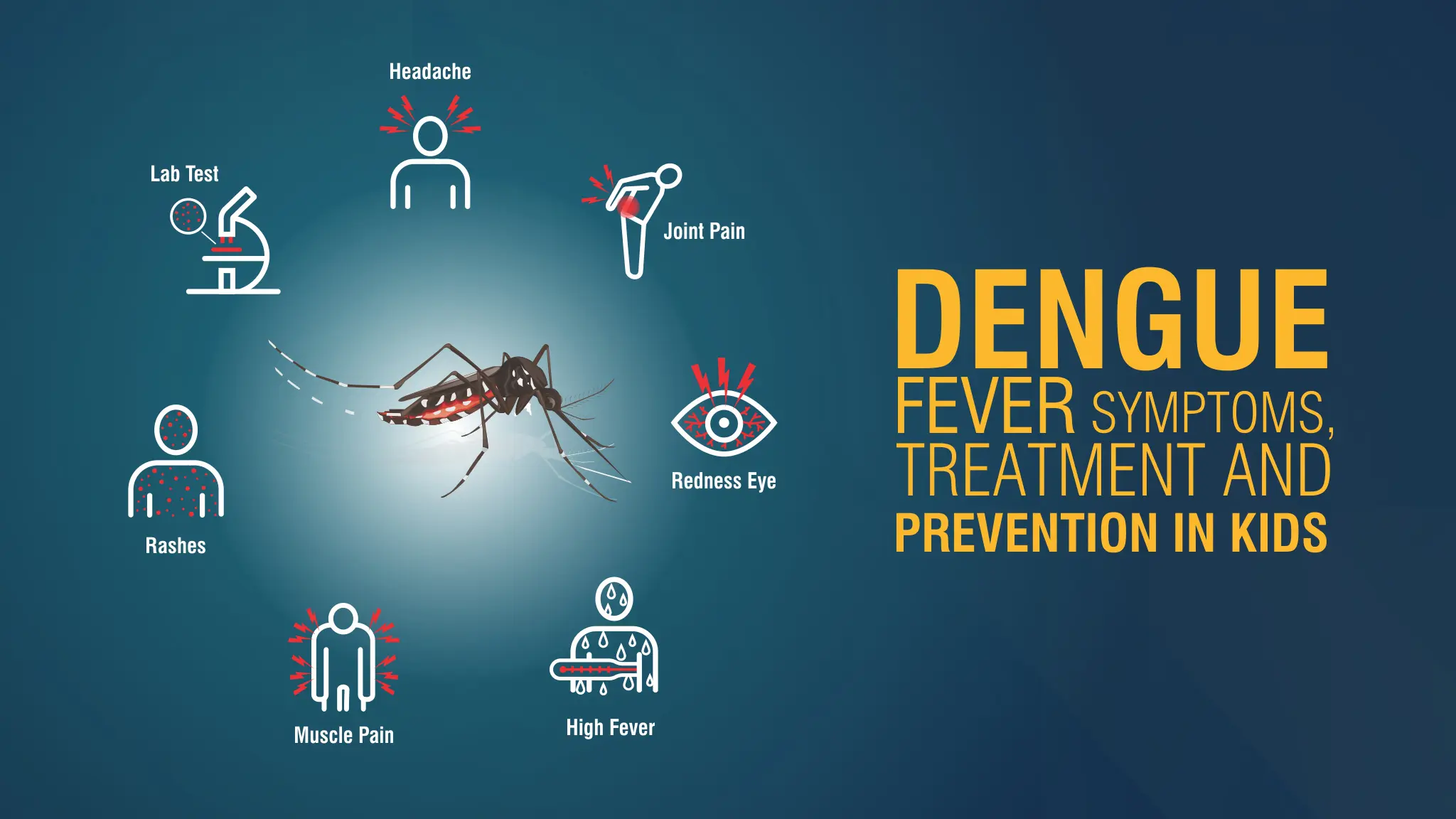
Dengue Fever: Symptoms, Treatment, And Prevention In Kids
September 22, 2020Is that fever ‘Dengue’? ...

Most Common Digestive Disorders in Kids
February 18, 2019While it is normal for children to have indigestion or stomach ache ...

What are Posterior urethral valves (PUV)?
November 9, 2018By Dr. Yoga Nagender M MBBS, MS &ndas...
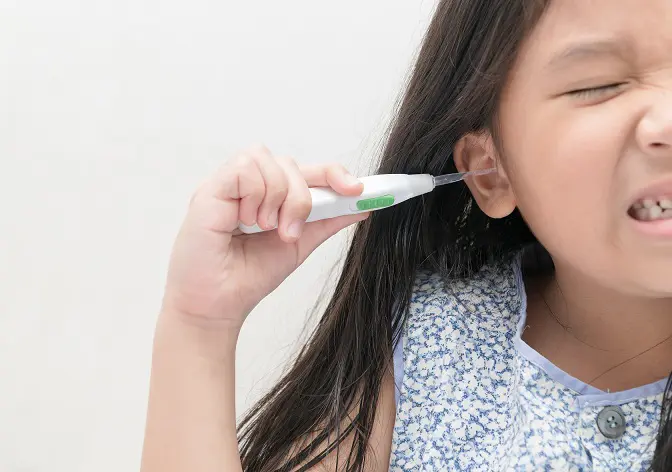
How to deal with earwax of your child ?
January 18, 2017Earwax is nothing but secretions from glands in ear canals, sweat, a...

Top five reasons to immunize or vaccinate your child
January 18, 2017Immunization or vaccination is significant for child’s health ...
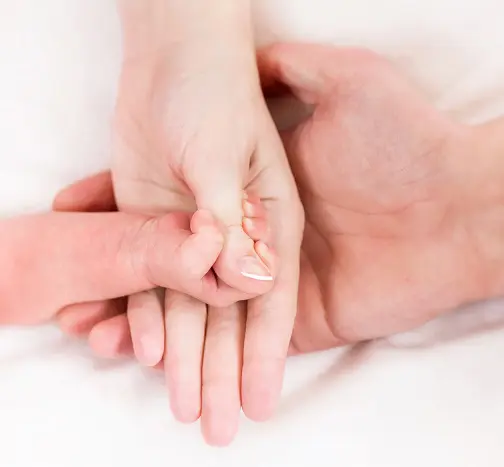
Tips to cope up when your baby is in the NICU
January 13, 2017If your baby has born premature or sick, then the baby is kept in a ...


